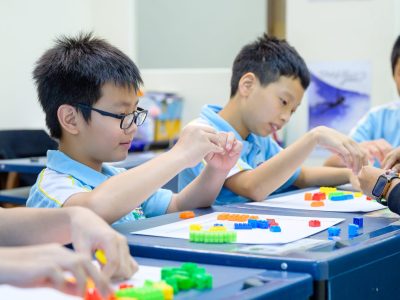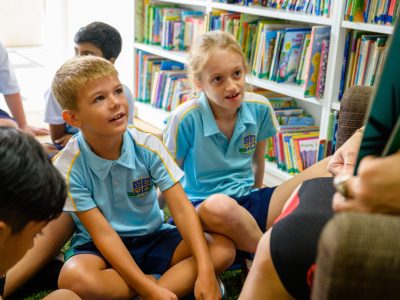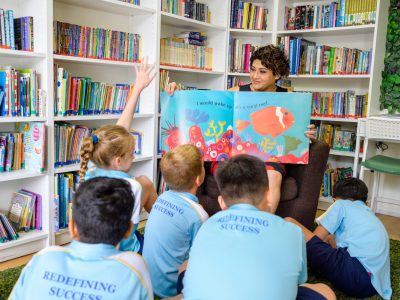A Guide to Selecting the Right School for IGCSE in Singapore
Choosing the right school for your child’s IGCSE education is a significant decision—one that can shape not only their academic outcomes, but also their confidence, wellbeing, and future pathways. With a growing number of IGCSE schools in Singapore, parents are faced with analysis paralysis from the sheer range of options....









